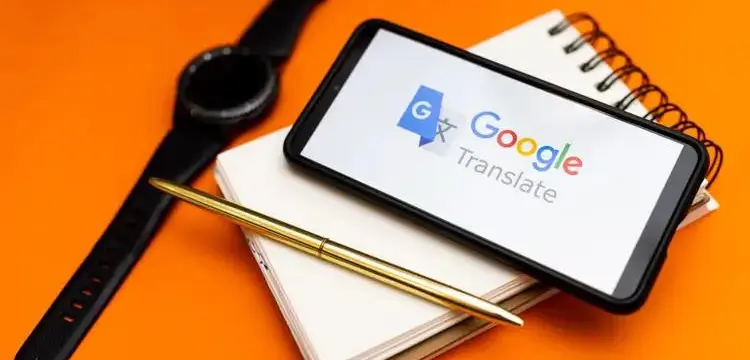Google’s intra-language translation platform has achieved a significant milestone by now supporting over 100 languages, thanks to advancements in artificial intelligence (AI) and large language models (LLMs). Among the newly included languages is Balochi, marking an important addition to the platform. A recent blog post on Google’s official website emphasized the importance of Google Translate in fostering global connectivity, bridging language barriers, and enhancing cross-cultural understanding. The platform is renowned for its integration of cutting-edge technologies, which have continually improved its accessibility and functionality.
In 2022, Google Translate made headlines by adding 24 new languages through an innovative approach called Zero-Shot Machine Translation, which enabled translations without requiring prior samples. This year, the platform has taken a monumental step forward with the “1,000 Languages Initiative,” which underscores Google’s commitment to developing AI models that support the world’s most widely spoken languages.
Read More: Google’s New Pixel Phones and AI Product Launch on August 13
The blog post proudly announced the addition of 110 new languages, the largest expansion in the platform’s history. This update is set to benefit approximately 614 million speakers, or around 8% of the global population. The newly supported languages range from major global tongues to indigenous languages, some of which have relatively few native speakers but are undergoing revitalization efforts. Africa stands out in this expansion, contributing 25% of the newly added languages. This makes it the largest language expansion for Google Translate in Africa to date. Among the diverse languages added are Fon, Kikongo, Luo, Ga, Swati, Venda, and Wolof, reflecting Google’s dedication to linguistic diversity and inclusion.
The new languages cover a wide geographical and cultural spectrum, from Afar, a tonal language spoken in Djibouti, Eritrea, and Ethiopia, to Cantonese, which had been a long-standing user request. Other notable additions include Manx, NKo, Punjabi (Shahmukhi), Tamazight (Amazigh), and Tok Pisin, further enriching the linguistic landscape available on Google Translate. Google continues to collaborate with linguists and native speakers to expand language variations and adapt to evolving spelling conventions. These updates are seamlessly integrated into the Google Translate app on both iOS and Android, ensuring smooth language translation and cross-cultural communication worldwide.











